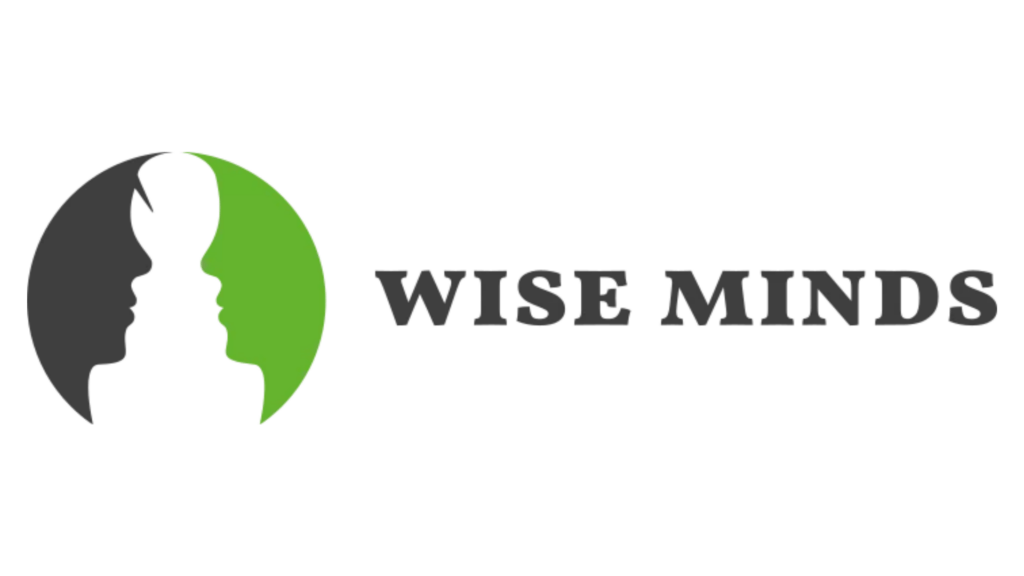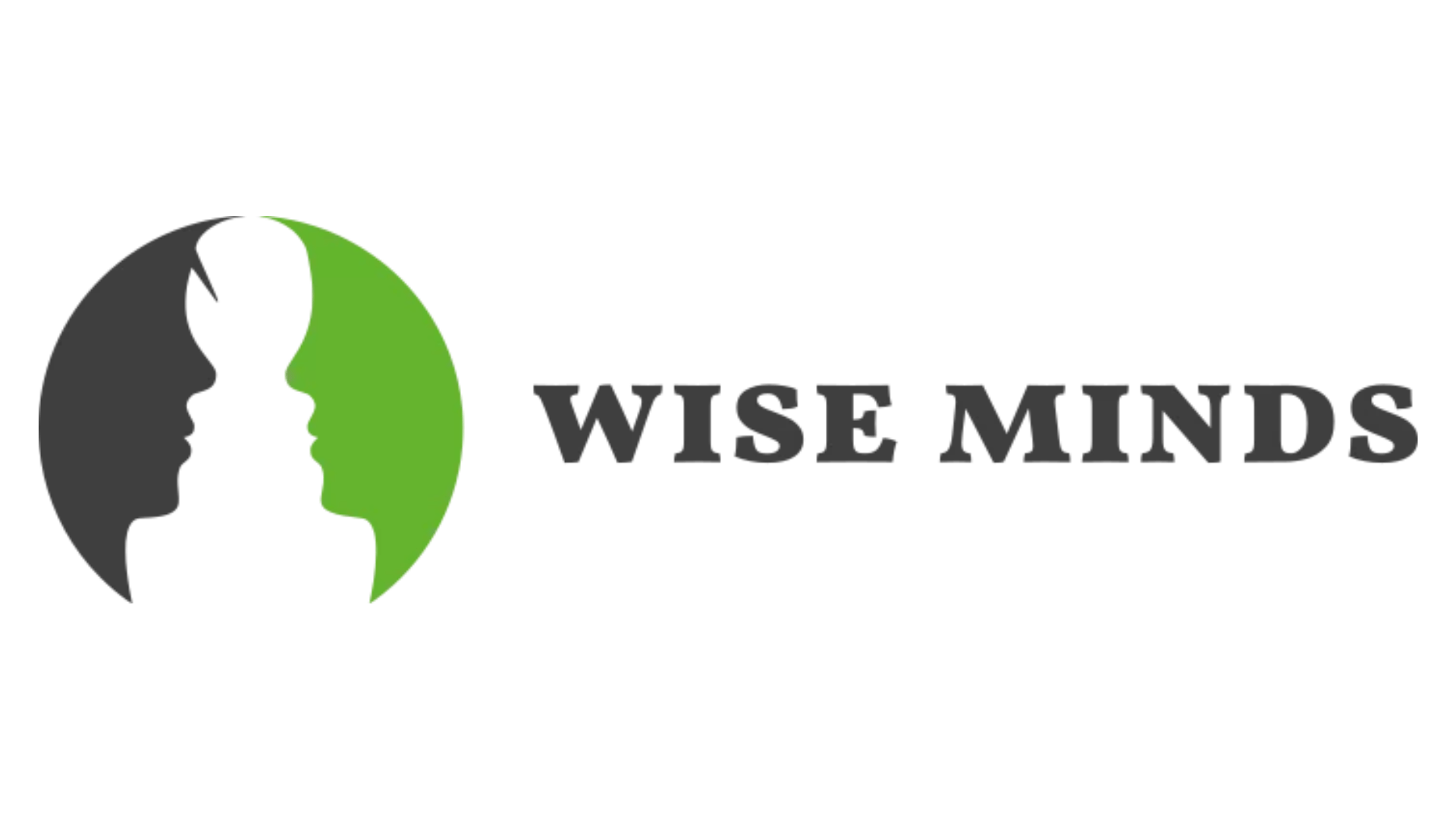Identifying the customer’s wishes is the beginning of success. How do you get it out on the table? And how can you translate those wishes into optimal software?
Step 1: Mapping out the main objective
As you begin talking to the customer, one thing should always be addressed: Why does the customer want to develop this new software? We often do this during a brainstorming session. There is always an intrinsic desire from the customer to build such an application. Sometimes the application is what the entire business model leans on, or it might be needed in optimising a process, or the customer wants it in order to address a pain point in his business.
So you look for the main goal, or the main objective. An answer to the question: what is the reason you want this software, really? This will be a sort of control throughout the process. Realistically, the customer is going to wish for more. But with each of those wishes, you’ll want to link back to the main wish, asking if this achieves the goal that has been set? Everything should be built within the framework of the main wish.
Suppose a customer wants to use a software to control his business process and have more insight into how the business is running? So that he can make adjustments wherever necessary. But a secondary goal here could be monitoring how employees are performing. It would also be great if that could be done. At the end of the day though, we still want the main objective to be the focus. Because you wouldn’t want to create a tool that allows you to monitor your employees’ performance very well but has no insight into how your business is running. Your focus should not be directed to the secondary goal alone.
Step 2: Determine who the actors are
A second question that is important you ask is who participates in the system? Who are the users? Suppose, we stick to the previous example, the client who wants more insight into their business operations. If the system becomes too complicated and cumbersome to use, your employees might be unwilling to even adopt it. You’d never get that overview then. It’s better to identify who your users are, who works with the system, and who influences it. Personal interests can also come into play. For instance, people would be afraid of losing their jobs with such a system of control, or if they are afraid they will have to work harder. It is important to identify these and establish who plays a role in them. In doing so, you also want to consider how to get the people involved to get behind the system? What wishes would they have if the system were to be implemented? How can we make their lives easier with this system? This, too, is something you can tackle over a brainstorming session.
Step 3: Start with the most essential part
Many clients arrive with a very big idea that will initially be stripped down to its essentials. Since you’ll have to test it out first and optimise it. Starting with the core, you find out which parts are essential to the system. It’s a matter of crossing things off and then seeing if the system still works when a certain part is removed. If you change this and that, does it still function the same? Does it have an impact? Does this achieve the main goal?
Once these questions have been answered, you will be able to start developing the minimum viable product or the MVP. Then you discover that a natural movement arises, from the customer and from users who are very keen to move in a certain direction. Once you have the MVP, you start testing. This way, everyone gets to know how the system works in the simplest way possible. And then you can develop further at a rapid pace, where necessary. The moment the MVP can be used, users often start a conversation around it. And if they don’t, you can encourage having feedback.
You are going to utilise that natural movement from the users. Going back to what was the main objective, have we already achieved that with the MVP? To what extent is the natural movement going there? And if the main objective has been achieved with the MVP, is there a new main objective? It’s possible a follow-up project can arise. And then you go through the whole process again. It is important to go through the process again with each new wish.


